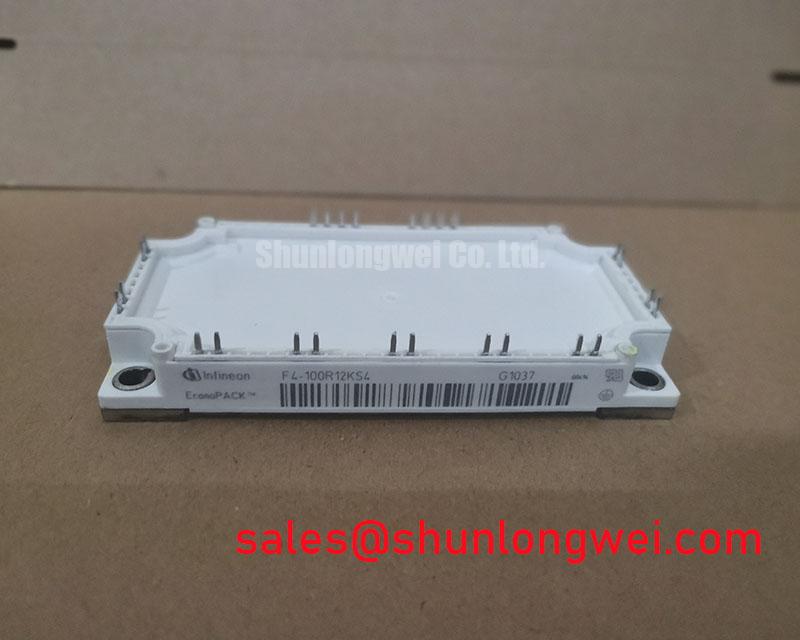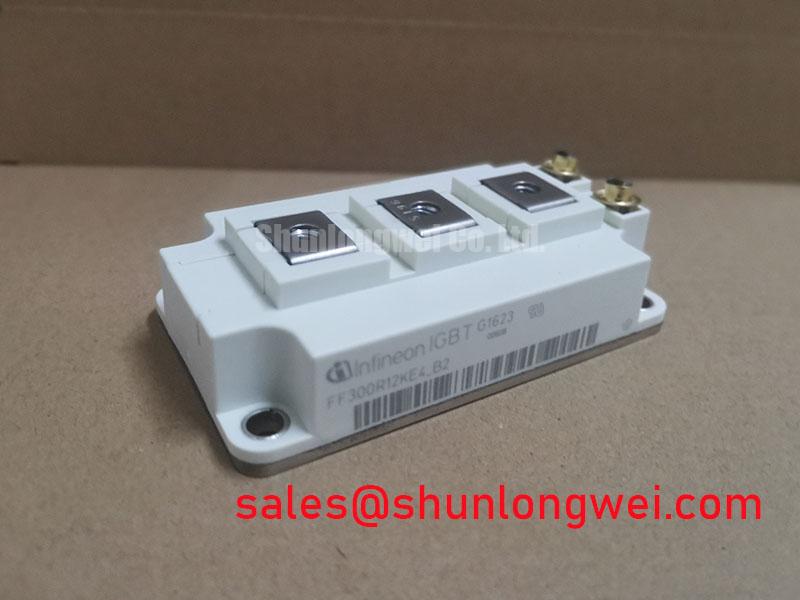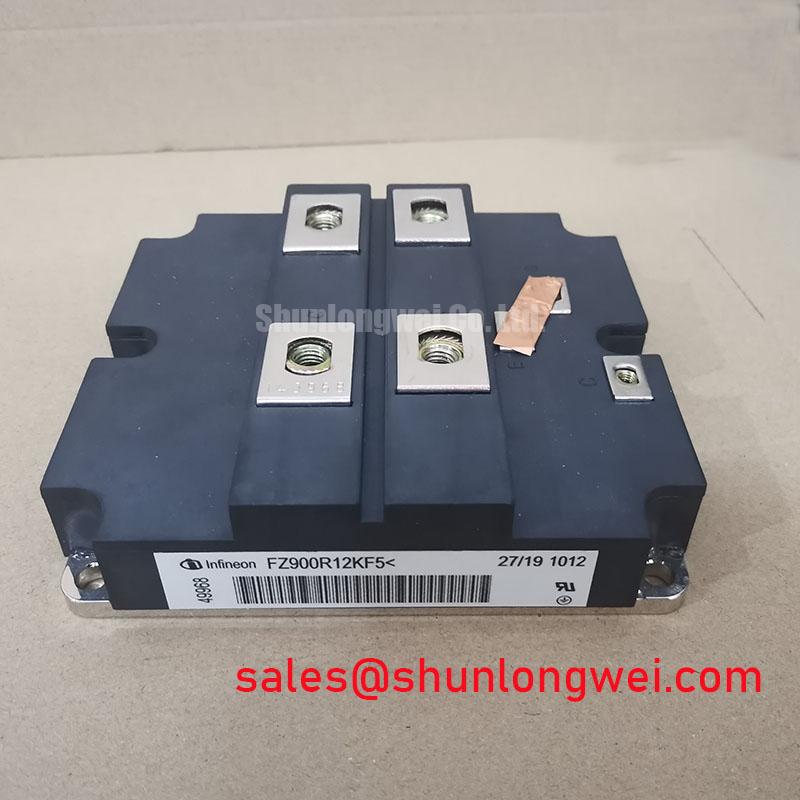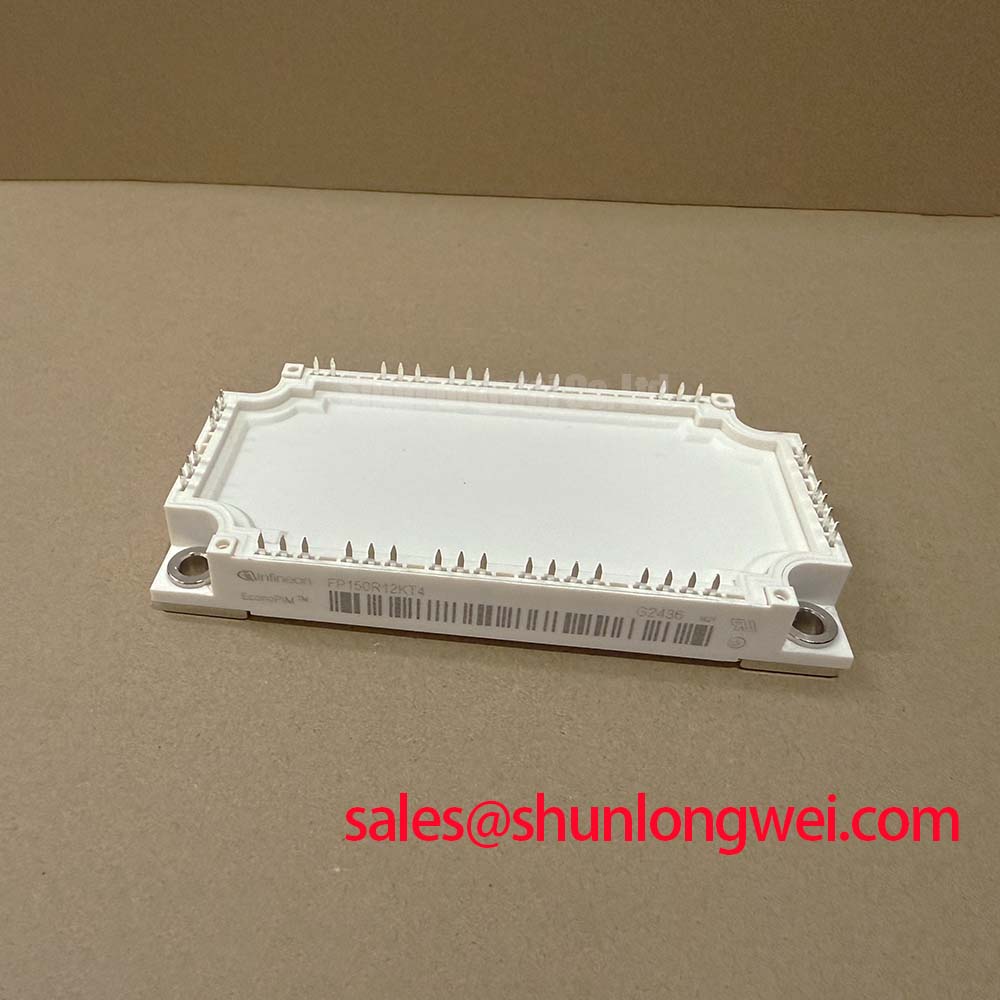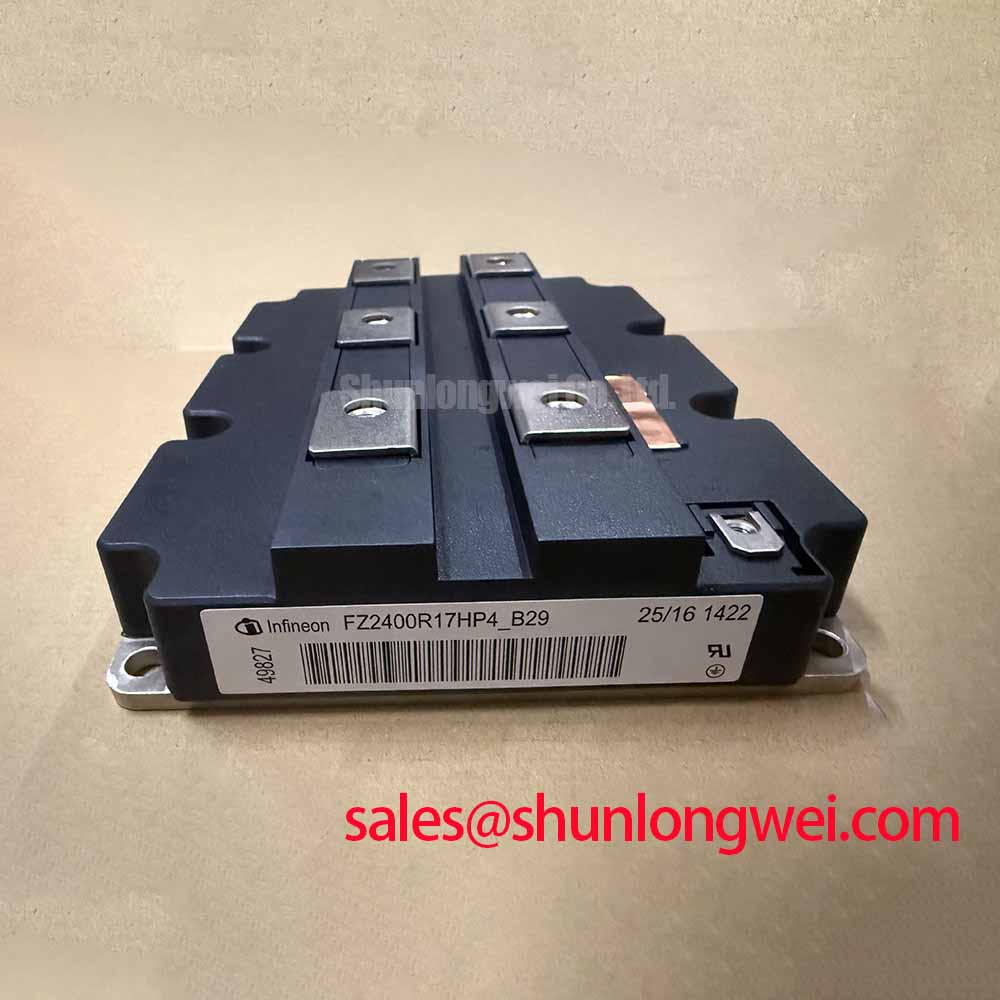DZ600N18K: 1800V Pressure Contact Diode Module Analysis
Engineered for Unmatched Reliability in High-Power Systems
The Infineon DZ600N18K Thyristor/Diode Module is architected for exceptional endurance, leveraging solder-free pressure contact technology to redefine long-term operational integrity. With its core specifications of 1800V | 600A | Rth(j-c) 0.095 K/W, it delivers superior thermal performance and mechanical robustness. This design directly addresses the common engineering challenge of solder fatigue by eliminating the solder layer between the chip and the baseplate, a primary point of failure in conventional modules subjected to intense thermal cycling. This results in a significant extension of service life and system availability.
Technical Inquiries on the DZ600N18K
- How does the pressure contact in the DZ600N18K affect mounting procedures?
The pressure contact design requires a specific, homogenous mounting force to be applied across the module's surface to ensure optimal thermal and electrical contact. This differs from soldered modules and necessitates the use of calibrated clamping systems as specified by the manufacturer. Proper implementation guarantees the component's rated performance and long-term reliability.
- What makes the DZ600N18K's thermal resistance of 0.095 K/W significant for a 600A module?
A low junction-to-case thermal resistance (Rth(j-c)) is critical for efficiently transferring heat away from the silicon die. For a high-current device like the 600A DZ600N18K, the 0.095 K/W value signifies a highly effective thermal pathway. This allows the module to operate at higher power levels or with smaller, more cost-effective heatsinking solutions while maintaining safe junction temperatures, directly enhancing system power density and reliability.
- Can I parallel DZ600N18K modules for higher current applications?
Yes, paralleling these modules is a common practice for achieving higher current ratings. However, successful IGBT Paralleling requires careful design considerations to ensure balanced current sharing. Factors such as symmetrical busbar layout, matched gate drive signals (for thyristors), and thermal balancing are crucial to prevent overloading individual modules and to maximize the reliability of the overall system.
Field-Proven Reliability: A Deployment Snapshot
In a recent upgrade of a large-scale industrial motor drive system, the engineering team was tasked with improving the mean time between failures (MTBF) of the primary AC-DC rectifier stage. The existing system, using conventional soldered modules, experienced periodic failures attributed to thermal cycling fatigue. By retrofitting the front-end rectifier with Infineon DZ600N18K modules, the team leveraged the pressure contact technology's inherent resistance to solder degradation. Post-deployment monitoring over 18 months showed a complete elimination of fatigue-related failures, validating the component's superior longevity and reducing unscheduled downtime and maintenance costs significantly.
DZ600N18K: Core Specifications for Reliability Analysis
The technical parameters of the DZ600N18K are foundational to its reliable performance in high-stress environments. These values provide the data necessary for robust thermal modeling and electrical design. Download the complete DZ600N18K datasheet for comprehensive details.
Electrical Characteristics (per thyristor/diode at Tvj = 25 °C unless otherwise specified)
| Parameter | Symbol | Conditions | Value | Unit |
|---|---|---|---|---|
| Repetitive peak reverse voltage | VRRM | 1800 | V | |
| Maximum average forward current | IF(AV)M | TC = 100°C | 600 | A |
| Forward voltage | VF | IF = 1500 A, Tvj = 140°C | 1.55 (max) | V |
| Surge forward current | IFSM | t = 10 ms, Tvj = 140°C, VR = 0 V | 7500 | A |
Thermal and Mechanical Characteristics
| Parameter | Symbol | Conditions | Value | Unit |
|---|---|---|---|---|
| Thermal resistance, junction to case | Rth(j-c) | per thyristor/diode | 0.095 | K/W |
| Operating junction temperature | Tvj op | -40 to 140 | °C | |
| Insulation test voltage | VISOL | RMS, f = 50 Hz, t = 1 min. | 4000 | V |
| Mounting force | FM | 18 ± 2 | kN |
Solder-Free vs. Solder-Bond: A Data-Backed Comparison
For procurement and design engineers evaluating power components, understanding the core construction differences is key to predicting long-term performance. This comparison provides data points to support your decision framework.
- Failure Mechanism: Conventional soldered modules are susceptible to solder layer cracking and delamination caused by mismatched Coefficients of Thermal Expansion (CTE) between the silicon, ceramic, and copper layers. The DZ600N18K's pressure contact design mechanically bypasses this failure mode entirely.
- Thermal Cycling Endurance: The Infineon DZ600N18K is specified for high thermal cycling capability, a direct result of its solder-free construction. While a standard soldered module's lifetime is finite and predictable under thermal load profiles, a pressure contact device offers a substantially higher cycle count before wear-out, leading to a longer operational life.
- Thermal Interface: While both technologies require effective Thermal Management , the pressure contact's direct force ensures a consistent, low-resistance thermal path over the component's lifetime. This contrasts with soldered interfaces, which can see their thermal performance degrade over time if micro-cracks or voids develop.
The Engineering of Longevity: Pressure Contact Technology
At the heart of the Infineon DZ600N18K's durability is its pressure contact construction. This technology represents a fundamental shift away from traditional soldered designs. Instead of relying on metallurgical bonds, the silicon die is pressed directly against the heat-dissipating baseplate by a precisely calibrated clamping force. This creates a stable and reliable electrical and thermal connection that is immune to the fatigue mechanisms that plague soldered joints.
Think of the thermal path as a highway for heat. A low Thermal Resistance is like having a wide, multi-lane highway, allowing heat to flow freely away from the junction. The DZ600N18K's Rth(j-c) of 0.095 K/W indicates an exceptionally wide "heat highway." The pressure contact design ensures this highway remains free of the "potholes" and "cracks" (solder fatigue) that can develop over time, guaranteeing consistent thermal performance throughout the module's entire service life.
Strategic Impact of Solder-Free Design on Industrial Systems
The adoption of components like the DZ600N18K with pressure contact technology aligns with critical industry trends toward increased asset uptime and reduced total cost of ownership (TCO). In sectors such as heavy industry, rail traction, and renewable energy, power conversion systems are expected to operate reliably for decades. The initial component cost is only one part of the equation; maintenance, downtime, and replacement costs often dominate the long-term financial picture. By engineering out a known failure point (solder fatigue), this module provides a strategic advantage, enabling the design of systems with significantly extended service intervals and higher availability.
Application Arenas Demanding Unwavering Rectification
The unique combination of high current handling, robust voltage blocking, and exceptional thermal cycling reliability makes the DZ600N18K a prime candidate for the most demanding power conversion stages. What is the main benefit of the DZ600N18K's design? Its pressure contact technology ensures superior long-term reliability.
- High-Power Industrial Drives: In large AC motor drives for applications like mining conveyors, pumps, and fans, the rectifier front-end is constantly subjected to varying loads. The module's ability to withstand thermal cycles without degradation is paramount for uninterrupted production.
- Grid-Tied Converters: Systems for renewable energy (wind, solar) and static VAR compensators (SVCs) require high-availability components to ensure grid stability. The reliability of the DZ600N18K contributes directly to the stability and profitability of these installations.
- Welding Power Supplies: High-current welding applications involve rapid power pulses, creating significant thermal stress. The module's robust construction ensures it can handle the demanding duty cycles of industrial welding.
- DC Power Supplies: For high-current rectifiers used in metal processing, electrolysis, or large-scale battery charging, sustained, reliable DC output is essential. Given its 0.095 K/W Rth(j-c) and high thermal cycling capacity, this module is an optimal fit for high-current industrial drives where service life is paramount.
To evaluate the DZ600N18K for your next high-reliability design or to discuss specific application requirements, please contact our technical support team for data-driven assistance. For systems requiring a higher voltage rating, the DD260N18KHPSA1 may also be a relevant component to review.










